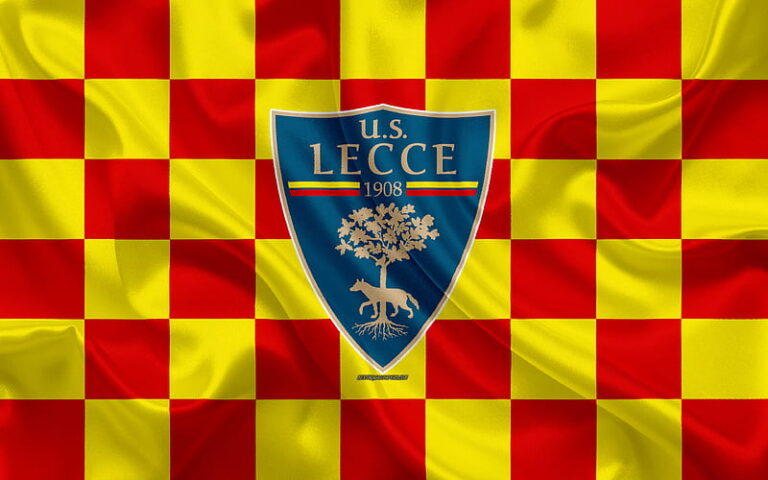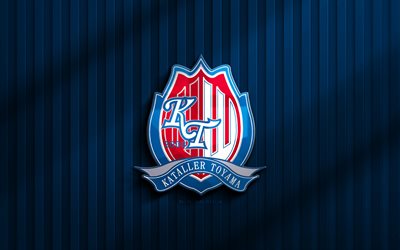
Celta Vigo Club: A Comprehensive Overview
The Celta Vigo Club is a football club based in Vigo, Spain, known for its rich history and passionate fanbase. As one of the flagship teams in La Liga, the Spanish top division of football, Celta has made a significant mark on both national and international stages. Understanding the nuances of this club allows fans and enthusiasts alike to appreciate not only its accomplishments but also the cultural identity it fosters within the community.
The History of Celta Vigo Club
The story of the Celta Vigo Club begins in the early 20th century when it was founded in 1923. Over the decades, the club has undergone various transformations that reflect the changing dynamics of Spanish football and the socio-economic landscape of the region.
Origins and Early Years
Celta Vigo’s inception came about from the merger of two local teams: Real Club Fortuna de Vigo and Sporting Club de Vigo. This merger aimed to unify the footballing efforts of the city, creating a stronger and more competitive team. The name “Celta” was chosen to resonate with the Celtic heritage of Galicia, the region wherein Vigo is located, establishing an immediate connection with its roots.
In its formative years, the club struggled to establish itself in the higher echelons of Spanish football. However, by the late 1930s, it had gained promotion to the top tier, marking the beginning of its ascent. Following World War II, Celta began to garner attention, culminating in its first significant achievement: reaching the Copa del Rey final in 1948.
The Golden Era
The late 1990s and early 2000s are often considered a golden era for the Celta Vigo Club. Under the management of the revered coach Miguel Ángel Lotina, the team showcased an attractive style of play characterized by quick passing and technical skill. During this period, Celta secured notable league finishes, consistently placing in the upper half of La Liga.
One of the standout moments during this era was their qualification for the UEFA Champions League in 2003. It marked a significant milestone and placed Celta on the European football map, making waves with impressive performances against some of Europe’s elite clubs. Today, the legacy of this period still echoes through the stadium as it inspires current players.
Recent Developments
Since the mid-2010s, Celta has experienced ups and downs, struggling at times to maintain consistency in La Liga. However, despite the challenges, they have managed to retain a resilient spirit, showcasing the determination ingrained in the club’s philosophy. Their ability to nurture young talent has ensured a steady influx of promising players, setting the stage for potential future successes.
In recent seasons, the Celta Vigo Club has displayed improvements in its performance, aiming to reclaim its status among Spain’s premier teams. The journey continues, infused with hope and ambition rooted in a storied past.
Key Players in Celta Vigo Club’s Success
Over the years, numerous talented individuals have donned the colors of the Celta Vigo Club, contributing significantly to its success both on and off the pitch. Each player brought unique qualities that helped shape the club’s character and identity.
Legends of the Game
When discussing Celta’s impact on football, it’s impossible to overlook legends like Iago Aspas, who has become synonymous with the club. Starting his career at Celta, Aspas developed into one of the most influential strikers in the league. His combination of pace, technical ability, and instinctive goal-scoring prowess set him apart; he has consistently proven himself as a leader on the field.
Aspas’ loyalty to the club has further solidified his legendary status. Despite opportunities to leave for bigger clubs, he has remained committed to helping Celta achieve its goals. This devotion resonates deeply with fans, inspiring future generations of players and supporters.
Emerging Talents
In addition to established stars, the Celta Vigo Club has been known for developing young talents who’ve become vital players. The academy has produced several skilled athletes, such as Fran Beltrán and Brais Méndez. These players often provide a fresh perspective and creativity on the field, enhancing the team’s dynamics.
Beltrán, for instance, has shown exceptional promise as a midfielder, demonstrating skillful ball control and tactical awareness. Similarly, Méndez’s ability to transition between midfield and attack allows for fluidity in play that can catch opponents off guard. Their contributions exemplify Celta’s commitment to nurturing local talent.
Influential Signings
Beyond homegrown talent, strategic signings have bolstered Celta’s roster over the years. Players like Nolito and Pione Sisto have brought flair and excitement, adding depth to the squad. Nolito, a former Barcelona player, returned to Celta after a successful stint abroad and reignited his career, instantly becoming a fan favorite due to his charisma and abilities on the pitch.
These players illustrate how Celta embraces both youth and experience, ensuring a well-rounded team capable of competing at high levels.



